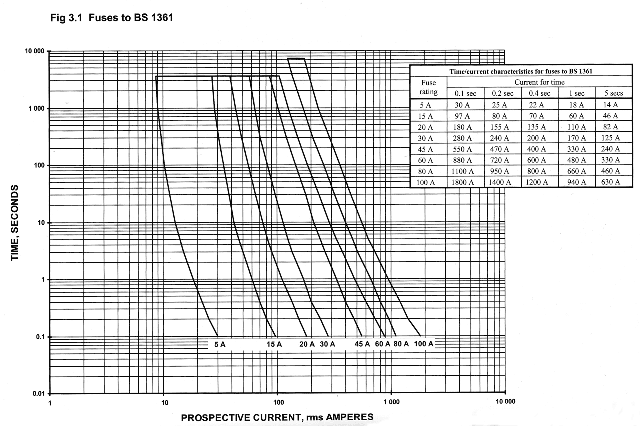
ebee:
Well, either a bespoke "loadshedder" type arrangement on the 4 heavy items (2 x showers, Cooker and Vehicle charger) or just the first three keep the charger as use anytime, might help.
of course, if using the priority units then you`d need 2 or three depending on how you want the priority to work out.
A word with the priority units manufacturers might give some help or if building your own then a knowledge of electronics or relay& contactor arrangements might be considered too
I can hear the arguments now ?
Personally if it was in my house then it would be likely that the shower and oven would be on at the same time, the car charging would be done over night.
Like I say, there will be no issues as what I am adding is managed with a CT.
The whole debate came from trying to work out what figure to put on the ENA form....
Even if I disconnect the older shower, that leaves:
36A shower
17A cooker after diversity
32A EV
Theres 85A without a kettle, tumble dryer, lights .......
D4G:..I can hear the arguments now ?
....
The whole debate came from trying to work out what figure to put on the ENA form....
Even if I disconnect the older shower, that leaves:
36A shower
17A cooker after diversity
32A EV
Theres 85A without a kettle, tumble dryer, lights .......

The house cut out fuse will be something like the ones above. Run your finger along the 60A, or if you prefer the 80A curve, until it intersects the current you think your showers plus house loads may draw, and read off the time to failure on the left hand side.
In practice it will simply never fail before the shower user is dressed and ready to go out for the evening. I agree its not a nice thing to rely on, and if the cooker was being used on all rings at the same time as both showers for several folk in rapid succession, (guests at Christmas is a classic) then it might just fall over.
It's not really right to rely on this allowance of course, but remember an xx fuse is designed to carry xxA for ever, and several times that for short periods.
Luckily the time constant for the house wiring, and the company supply cables for that matter, to heat up and melt is even longer, so the fuse generally performs its protective function just fine.
Pans of water boil and cooking of vegs is almost done within 15-20mins (~ 1 kilosecond on that graph) and the ring gets turned down from max long before that. Similarly a long shower is probably 10-15 mins of actual showering and a lot of faffing about before and after.
A car is a different situation altogether as it may be tens of kiloseconds.
I hope we can see why it has not blown the existing fuse yet.
Mike
Personally if it was in my house then it would be likely that the shower and oven would be on at the same time, the car charging would be done over night.
Like I say, there will be no issues as what I am adding is managed with a CT.
The whole debate came from trying to work out what figure to put on the ENA form....
Even if I disconnect the older shower, that leaves:
36A shower
17A cooker after diversity
32A EV
Theres 85A without a kettle, tumble dryer, lights .......
I would have thought you can dismiss the EV load from the MD calculation if you're using CT management
D4G:Jon Steward:I would have thought you can dismiss the EV load from the MD calculation if you're using CT management
I would have thought so too, and may do however the question on the paperwork says'including the proposed installation'.
Well the 'included proposed installation' is net zero
We're about to take you to the IET registration website. Don't worry though, you'll be sent straight back to the community after completing the registration.
Continue to the IET registration site